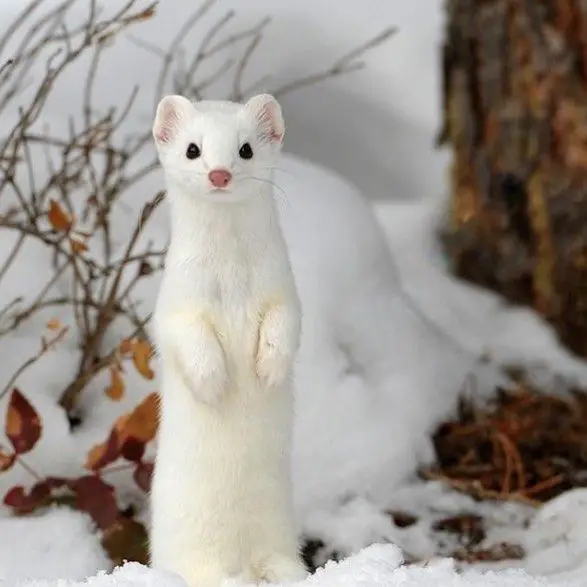
A general proneness toward animals is observed in children from a very early stage of development ( DeLoache et al., 2011 Lobue et al., 2012 Borgi and Cirulli, 2013). It has been hypothesized that humans exhibit a natural interest and attraction to other species (the so-called Biophilia Hypothesis, Wilson, 1984). In line with previous research, results confirm human positive appraisal toward animals and inform both educational and therapeutic interventions involving pets, helping to minimize risk factors (e.g., dog bites). In children, the baby schema affects both cuteness perception and gaze allocation to infantile stimuli and to specific facial features, an effect not simply limited to human faces. Overall our results show that the response to an infantile facial configuration emerges early during development.

For comparative purposes, cuteness ratings were also obtained in a sample of adults. By means of eye-tracking, we assessed children’s preferential attention to images varying only for the degree of baby schema and explored participants’ fixation patterns during a cuteness task. We analyzed responses of 3–6 year-old children, using both explicit (i.e., cuteness ratings) and implicit (i.e., eye gaze patterns) measures. In the present study we parametrically manipulated the baby schema in images of humans, dogs, and cats.


Moreover, questions remain as to whether the cute response is constant and persistent or whether it changes with development. However, it is unclear whether the response to the baby schema may be extended to the human-animal bond context. The baby schema concept was originally proposed as a set of infantile traits with high appeal for humans, subsequently shown to elicit caretaking behavior and to affect cuteness perception and attentional processes.


 0 kommentar(er)
0 kommentar(er)
